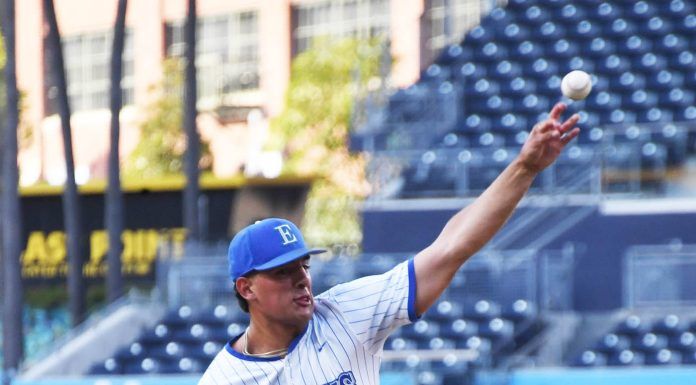Drunk drivers are likely to find themselves on the bright end a of a Chula Vista Police flashlight this December, as CVPD will amp up its efforts to prevent DUI-related collisions with roadway checkpoints during the holidays.
The large number of parties and added stress of the holidays tends to draw out more drinking and in turn more driving under the influence, said Officer Margarita Walker who heads up CVPD’s DUI checkpoint program.
“Checkpoints aren’t designed to arrest people,” Walker said. “But they are an effective deterrent to drinking and driving.”
“Chula Vista PD is very good at giving a lot of advanced noticed for those checkpoints,” said defense attorney Mary Prevost. “And I suspect that their fatality rate is much lower because of their media blitz.”
The CVPD checkpoint goal is to have zero arrests, which would indicate they were effective in raising awareness for people to drink responsibility, said Walker. In the 2012-13 checkpoint grant year, CVPD made 25 arrests for alcohol DUIs at 19 checkpoints.
“The checkpoint wasn’t really created to be a situation where they’re shooting fish in a barrel. The intention of a checkpoint is really to raise awareness,” said Prevost. “They are very effective as a deterrent, but roving patrols are far more effective in apprehending DUI suspects.”
Checkpoints are federally funded through grants from the National Highway Traffic Safety Administration and disseminated through California Office of Traffic Safety. Officers who work the checkpoints do so on overtime and are paid through grant funding so they cause limited strain to local police budgets and scheduling.
The United States Supreme Court as well as California law makers have created strict legal protocol that checkpoints must follow, including cone-spacing, and even how warning signs are displayed. Law also requires that checkpoints are held in areas that are known to have high incidence of driving under the influence.
Checkpoints must also establish a set pattern of when they stop cars such as every third car or every second car. This pattern is up to the discretion of the agency conducting the checkpoint and must be strictly followed once established.
“Checkpoints, so long as they follow a very, very strict protocol, are constitutionally authorized,” said Prevost. “You just can’t harass whoever you want, whenever you want. It’ pretty well spelled out.”
While every DUI case is different, failure to follow this protocol can result in suppression of evidence and dismissal of charges for arrests made at checkpoint sites, said Prevost, adding that about half of her practice is DUI related cases.
“The only legal attack on a checkpoint is if they don’t follow every protocol that the State of California or the Supreme Court has laid out.”
At a checkpoint officers will ask drivers for their license and registration. They may ask if you have been drinking, where you have come from, where you are headed. You are not required by law to answer any questions.
If an officer suspects that a driver has been drinking they may ask them to submit to a field sobriety test or breathalyzer test, though drivers are not required by law to submit. If arrested for suspicion of DUI, drivers are required by law to submit to sobriety tests while in custody.
It is illegal for police to pursue vehicles that turn away or leave a checkpoint unless they are seen committing a crime in the process, such as driving over a median or making an illegal turn.
“You gotta be pretty blitzed to go through checkpoint drunk,” Walker said.
CVPD will focus most of its efforts on the west end of town this December where there is more population, and more places to purchase and drink alcohol.














